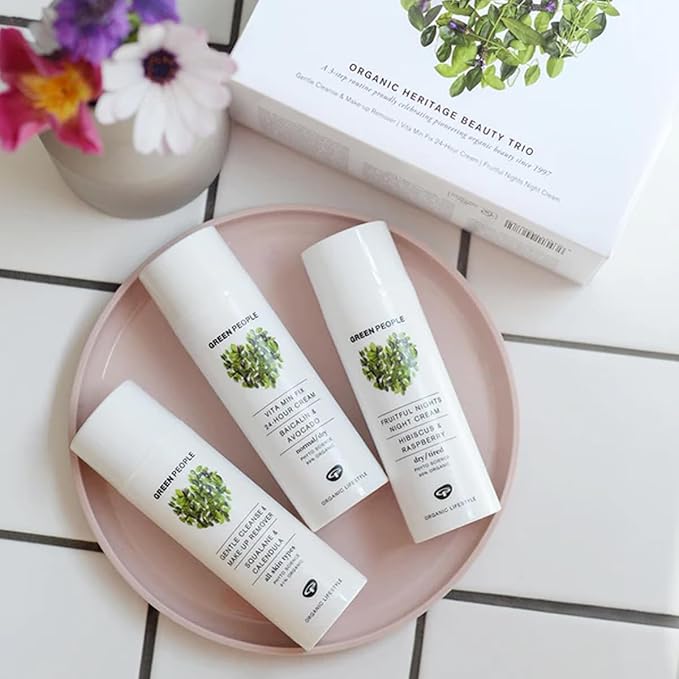First-time visitors to Georgia often want a clear, stress-free introduction that balances culture, nature and everyday comfort. Many begin in Tbilisi, where the airport sits close to the city centre and the compact Old Town allows easy walking between the sulphur baths, Narikala cable car and riverside viewpoints. Sustainable travel here means choosing walkable routes, local cafés and small hotels that support the community. Short trips to Mtskheta add historical depth without long drives, while Kakheti introduces wine traditions through slower, guided visits that reduce unnecessary transport. Some travellers combine Tbilisi with Batumi, using efficient internal travel rather than multiple flights. At Friendly Turtle EcoBlog, we encourage first-time visitors to travel Georgia responsibly by pacing itineraries, staying in family-run guesthouses, joining small-group tours and respecting local ecosystems. These mindful choices help reduce environmental impact while still offering a rich, authentic experience of Georgia’s cities, landscapes and traditions.
Share your articles with us and get published! Reach out at hello@friendlyturtle.com.
The Ultimate Guide on How to Use Reusable Nappies

If you were anything like me when your first baby was on its way, you had A LOT of questions, right? So today, we're going to be clearing up just a few I had before made the switch to reusable, eco-friendly nappies
"How to use reusable nappies?"
"How do reusable nappies work?"
"How to wash reusable nappies?"
Sound familiar? Well, you've come to the right place!
Reusable nappies are naturally made alternatives to plastic-coated disposable nappies. Although disposable ones are quick and mindless to use, they have a significant financial and environmental cost over time.
And first of all, let me just point out that you don’t have to worry - reusable nappies won’t get you covered in poo.
So, Why Use Reusable Nappies?
UK charity WRAP has done some eye-opening research on reusable nappies:Consumers can save a ton of money by not constantly buying single-use nappies: an estimated £200-500 over the course of two and a half years for one baby. You can save even more by using them again for subsequent children.
It's not only the financial impacts of single-use nappies though, of course. Would you rather go through around 5,000 disposable nappies by the time a baby is potty trained or about 25 reusable ones? When we look at it like this, the environmental benefits of reusable nappies, as opposed to single-use nappies, are astounding:
In the UK, we throw our around 3 billion nappies every single year...in the U.K. alone. This equates to about 2-3% of total household waste. Incinerating waste obviously emits a huge amount of carbon dioxide, and landfills produce both carbon dioxide and methane. The fewer objects in the incinerator or landfill, the lower the greenhouse gas emissions.
Then when we also consider the energy and water required to manufacture single-use nappies, the impacts on the planet are already adding up really fast. Purchasing reusable nappies conserves all of these resources, so seems like a pretty smart choice for everyone right?

How to Use Reusable Nappies
To save money and the planet, reusable nappies are the clear choice. But how do reusable nappies work? How do you use them?
- Purchase the right size nappy based on your baby’s weight. For Little Lamb Bamboo nappies, size 1 is for 7-20 lbs (3-9kgs) and size 2 is for 20-38 lbs (9-17kgs). Make sure you have enough to ensure you always have some clean ones.
- The waterproof wrap will ensure no leakage, yet still feel soft and breathable on your baby’s skin. Place the wrap on the changing table, then place the nappy on top of it.
- Size 2 and 3 Little Lamb bamboo nappies have a booster sewn in as an additional layer of absorbency. (Ideal for nighttime or when travelling.) You may also insert a booster on top of the nappy. Fold it in half for boys and leave it unfolded for girls.
- Little Lamb bamboo nappies come with a soft, reusable nappy liner made from washable fleece to absorb the liquids and catch the solids. If you’re out and about and need a quick change, you’ll need a disposable liner. Place the liner on top of the booster next to your baby’s bum. Although bamboo liners are single-use, they will fully decompose in less than a year.
- Put the nappy on your baby and adjust it with the Velcro straps. Poke any bits of exposed liner back into the nappy.
- Change the nappy regularly to avoid nappy rash. Although, cloth nappies tend to keep babies drier, possibly reducing nappy rash in the first place. Change out the wrap at night.
- Wash the nappies, liners, boosters, and wraps. Wash or toss the liners.
- Reuse
- Reuse them again for other babies!
How to Wash Reusable Nappies
Don’t be intimidated! There’s really nothing to it.
- Firmly hold the washable liner over the toilet and stretch it so that the poo falls into the toilet. If gravity doesn’t do its job, hold the liner in the toilet and flush while scrubbing it with a brush.
- Place the liner in a nappy bucket for storage until you’re ready to wash several at once. When full, toss the nappies in the wash. Be sure to wash your bucket liner. If using a storage bag, turn it inside out when you wash it.
- Wash the nappies, liners, boosters, and wraps in warm water every two days. Close the wraps and laundry tabs use the eco cycle to save water and energy.
- Use eco-friendly detergent, no fabric softener, and no bleach.
- Tumble dry or air dry – up to you.
- Store them until ready for next use.

How to Care for Reusable Nappies
It’s not too different than how you’d care for regular clothing.
- To be mindful of the environment, wait until you have a full load to wash instead of washing one at a time.
- Be gentle, but don’t worry, they’re sturdy.
- Don’t forget to wash your nappy storage bag as well.
- Line drying instead of tumble drying will extend the life of your nappies.
In Summary, we reckon your baby will love how soft and comfortable reusable nappies are. Figuring out how reusable nappies work just takes a practice run and you’re off to the races. Once you learn how to use reusable nappies and how to wash reusable nappies, it’ll easily become part of your daily routine.
Remember to keep your home safe for little ones and bear in mind that there are many other ways to 'green' your baby's room- from eco friendly design and using other non toxic products. Have a little explore and see what other changes you can make today.
And the planet will thank you!
Friendly Turtle is an online plastic free shop uk to help customers reduce waste and live and cleaner and greener lifestyle
0 comments
Let customers speak for us
Blog posts
A calm, multifunctional garden can be more than a pretty backdrop it can become a practical extension of your home that supports slow mornings, outdoor meals, and genuine downtime. In this Friendly Turtle EcoBlog guide, we look at simple, sustainable ways to shape an outdoor space that feels organised, welcoming, and easy to use throughout the week. Start by creating clear “zones”: a quiet seating corner for reading, a dining spot for relaxed lunches, and a flexible open area for play or potting. Light-touch structures, such as an airy pergola or a sheltered veranda, add definition without blocking daylight, making the garden usable in changeable weather. Keep the mood restful with layered planting: evergreens for year-round structure, seasonal flowers for colour, and lightly scented herbs near paths. Choose reclaimed or recycled materials where possible, add soft warm lighting, and reduce water waste with mulch and a simple rainwater butt. The result is a garden that feels calm, functional, and kinder to the planet.
Finding the right mental health support in Woodland Hills starts with checking credentials, treatment approach and access to care. Look for licensed clinicians with training in evidence-based therapies such as CBT or DBT, and ask whether programmes offer coordinated psychiatry, talking therapy and crisis support when needed. The best providers also explain your options clearly, from outpatient sessions to more structured day programmes, and may include complementary practices that support recovery, such as mindfulness, movement and nutrition guidance. At Friendly Turtle EcoBlog, we often explore how everyday choices shape wellbeing; this guide applies the same practical lens to mental health care, helping you compare services, understand what ‘holistic’ really means, and choose a setting that feels safe, respectful and tailored to your needs. It also highlights practical questions to ask about availability, confidentiality, fees and insurance, so you can make a confident, informed decision.



